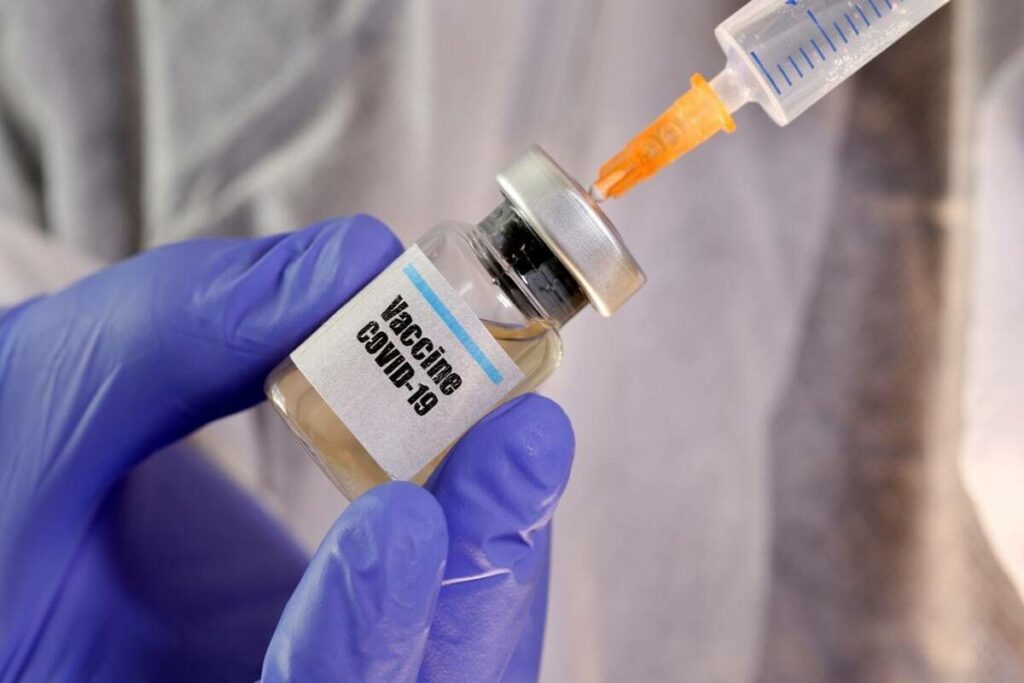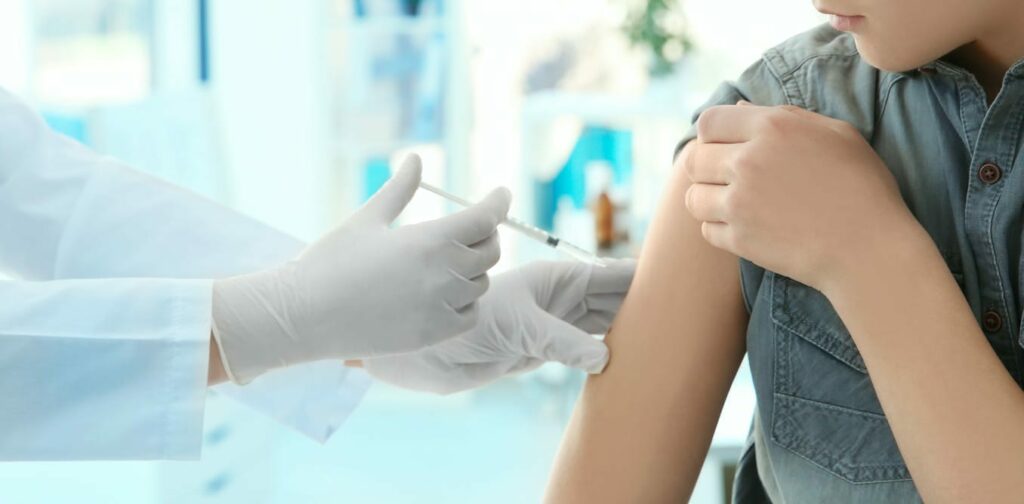The development of COVID‑19 vaccines has been a mammoth success, nevertheless vaccinating most of the immense global population has been an enormous challenge. Gaining public trust in COVID‑19 vaccines and vaccination has become a matter of huge concern.
There is a broad agreement within the global scientific community that the most effective way to defeat the COVID‑19 pandemic is through the mass vaccination of populations around the world. The development of vaccines for COVID‑19 has been a powerful demonstration of how substantial public funding, intense focus, and unprecedented levels of scientific collaboration can help accelerate innovation to address public needs.
However, as the new variant of the coronavirus pandemic continues to unfold, crores of people are yet to receive their dose of the COVID-19 vaccine. Vaccine hesitancy is still a major hurdle being faced everywhere.
In this hour of crisis, we cannot be in a state of dilemma. Let us understand vaccination is the way out of restrictions and confinement. The development of vaccines has been because of extensive prior research, unprecedented levels of international collaboration among researchers, and massive public investment in R&D and manufacturing capacity.
It is a sad situation that despite the onslaught of the massive widespread pandemic and the recognition of the fact that COVID‑19 has devasted the condition of the appalling number of people, many still remain unwilling to be vaccinated.

Let us keep ourselves well informed with data about positive vaccination trends. Previously individuals who had been hesitant are now gravitating towards acceptance of the vaccine. This, to some degree, indicates a gradual lessening of the initial fears about the safety of novel vaccines. Let us hope being vaccinated gradually becomes normal, and is we liberate ourselves from this abhorrent situation. We need to accelerate the process.
Centre says over two crores in the age group 15-18 vaccinated with first COVID-19 jab in a week. Nonetheless, we need to be aware we still have miles to go before we relax. It is high time we think about how to bring normalcy to the lives of our children.
Vaccinating children can accomplish the prevention of COVID-19, and allow children to attend school in person, participate in their regular physical school and in hands-on learning and co-curricular activities without risking their health.
The major issues in parents’ vaccine decisions are concerns about side effects of the vaccine, how well the vaccine works in children, availability of research in the child’s age group etc. Given the speed at which COVID‑19 vaccine development has taken place, it is but natural for parents to have these questions. The Government is emphasising that no developmental or regulatory corners were cut in the process, as approval processes were accelerated, in part through procedures that allow the acceptance of more preliminary evidence in circumstances of public emergency; and with COVID‑19 products accorded the highest priority by regulators.
Research shows that family doctors and close health care providers are trusted messengers and are often crucial channels of vaccine information for parents. Please do consult them. Surely, they would guide well. Attaining herd immunity will require the vaccination of a very substantial proportion of the population, and so therefore we need to be faster to accept the vaccination drive.

We opened our campuses to facilitate the vaccination drive. Our schools had been centres to ensure that all eligible teens were vaccinated as soon as possible. Our teachers informed and encouraged parents to bring the children to our designated centres with prior registration done in the CoWIN portal. Schools can definitely play an important role in the exercise.
To succeed in the effort, we need to stand by the institutions responsible for the vaccination endeavour, the government and all our health care workers’ sincere and consistent effort. We need to be by their side to successfully deliver a vaccination programme, as it is of critical importance at this stage.
